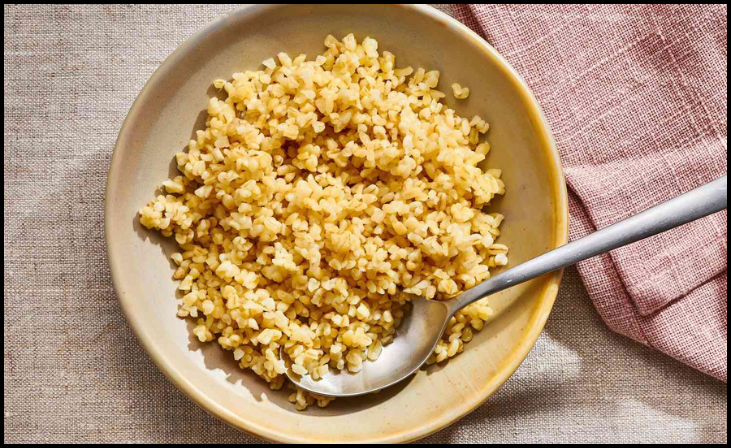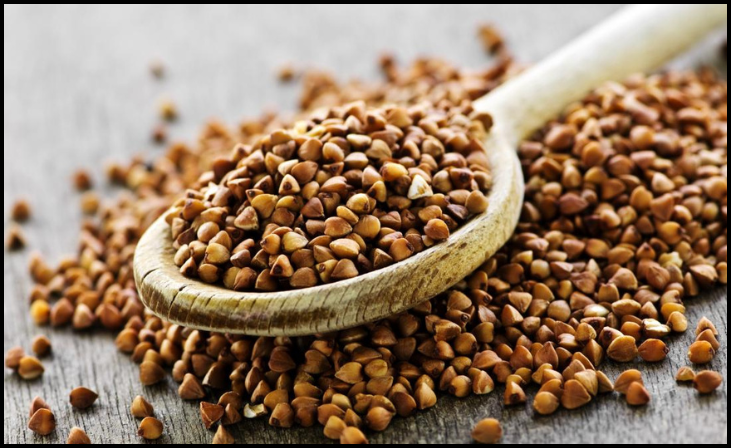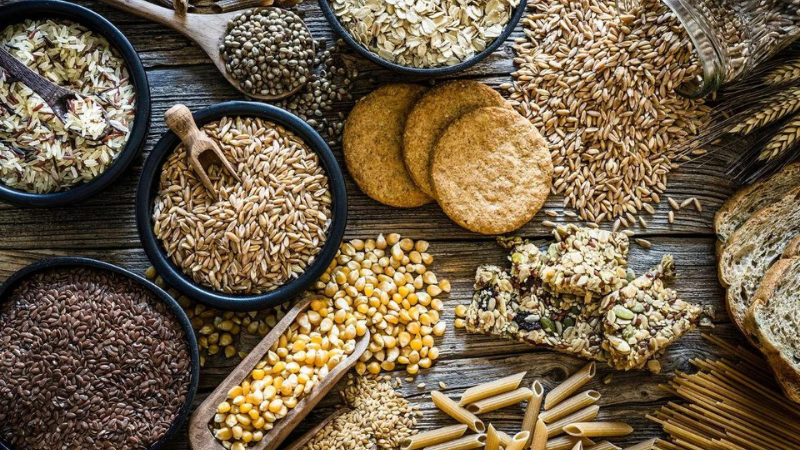In the realm of nutrition, whole grains reign supreme as an essential component of a balanced diet. Rich in fiber, vitamins, minerals, and antioxidants, they offer a myriad of health benefits, from promoting heart health to aiding in weight management. However, not all grains are created equal. Some pack a more powerful nutritional punch than others. To help you navigate the vast world of whole grains, we’ve compiled a list of the seven healthiest options that deserve a prime spot in your pantry.
Quinoa:
Quinoa, often hailed as a superfood, is a complete protein, meaning it contains all nine essential amino acids our bodies need. This ancient grain is also a fantastic source of fiber, iron, magnesium, and manganese. Its versatility makes it a favorite among health-conscious individuals, as it can be used in salads, soups, stir-fries, or even enjoyed as a breakfast porridge.
Oats:

Oats are a breakfast staple cherished for their heart-healthy properties. Rich in beta-glucan, a type of soluble fiber, oats help lower cholesterol levels and promote feelings of fullness, making them an excellent choice for weight management. Additionally, oats are packed with antioxidants and provide a good dose of vitamins and minerals, including manganese, phosphorus, and magnesium.
Brown Rice:
Swap out refined grains for nutrient-dense brown rice to reap a plethora of health benefits. Unlike white rice, which undergoes extensive processing, brown rice retains its bran and germ layers, making it a great source of fiber, vitamins, and minerals. It’s particularly rich in selenium, which supports immune function, and manganese, essential for bone health and metabolism.
Barley:
Barley boasts an impressive nutritional profile and a range of health-promoting properties. High in both soluble and insoluble fiber, barley aids in digestion, regulates blood sugar levels, and promotes satiety. This ancient grain is also a good source of vitamin B6, niacin, and selenium, making it a valuable addition to any diet.
Bulgur:

Derived from cracked wheat berries, bulgur is a quick-cooking whole grain that’s popular in Middle Eastern cuisine. Despite its tiny size, bulgur is packed with nutrients, including fiber, protein, vitamins, and minerals. Its low glycemic index makes it an excellent choice for individuals looking to manage blood sugar levels and maintain steady energy throughout the day.
Millet:
Often overlooked, millet is a nutrient-dense grain that deserves a place on your plate. Gluten-free and easy to digest, millet is a great source of magnesium, phosphorus, and antioxidants like phenolic compounds and flavonoids. Its slightly nutty flavor and versatile nature make it a perfect addition to salads, pilafs, or as a substitute for rice or couscous.
Buckwheat:

Despite its name, buckwheat is not a type of wheat but rather a pseudocereal rich in nutrients. Gluten-free and packed with protein, fiber, and essential minerals like manganese and magnesium, buckwheat offers numerous health benefits. Its high concentration of antioxidants, such as rutin, may help reduce inflammation and improve heart health. Buckwheat flour can be used to make nutritious pancakes, noodles, or baked goods.
Conclusion:
Incorporating a variety of whole grains into your diet is key to reaping the full spectrum of health benefits they offer. Whether you’re indulging in the nutty flavor of quinoa, savoring the comforting warmth of oats, or experimenting with the versatility of millet, these seven grains are sure to elevate both the nutritional value and culinary appeal of your meals. So, stock up your pantry, get creative in the kitchen, and let these wholesome grains nourish both your body and soul.



